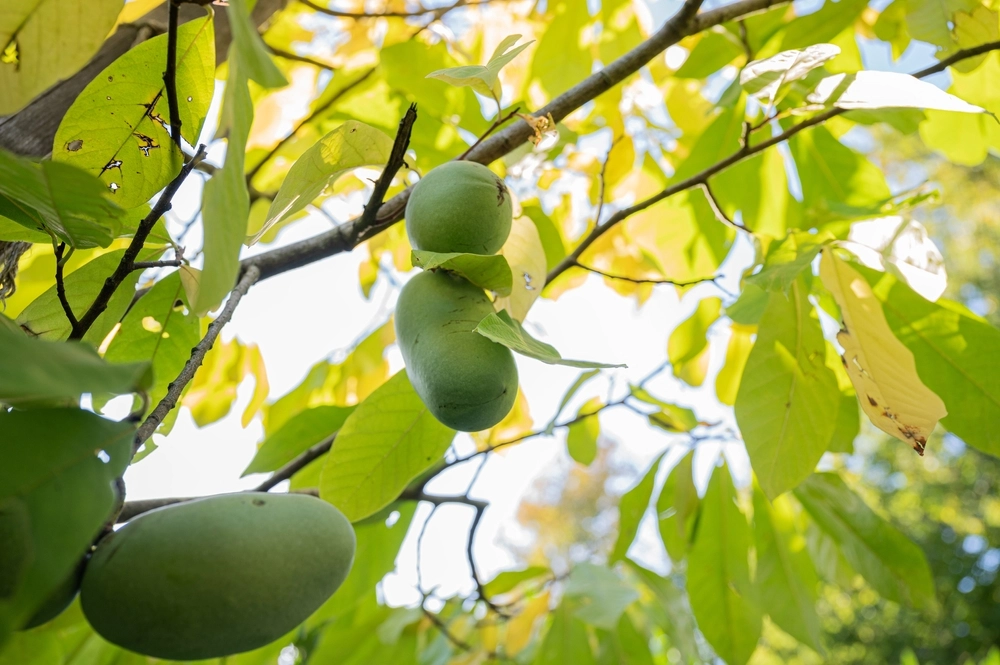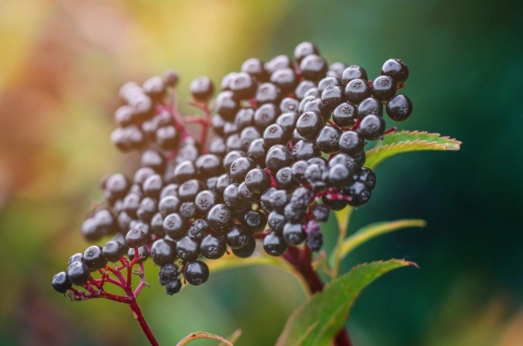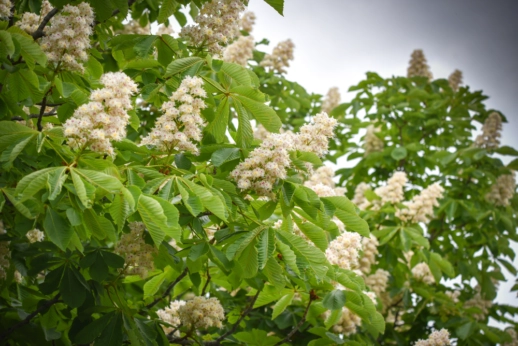We asked Modern Farmer readers what they wanted to know about planting trees.

Agroforestry is on the mind for Modern Farmer readers, who chimed in to ask for more coverage of how trees and shrubs can integrate into agricultural landscapes this year. As part of our recent agroforestry coverage, we profiled some Midwestern farmers using their land to reestablish the connection between trees and food production and highlighted the work of the Savanna Institute, a nonprofit that works towards agroforestry adoption in the Midwest.
We also asked readers what questions they had for agroforesty experts. Here’s what you wanted to know, with answers provided by Savanna Institute executive director Keefe Keeley:
Q: How can I incorporate agroforestry practices into my small home garden?
A: Agroforestry practices help us think about how woody, perennial shrub plants can be incorporated into farming systems, as well as how food production can be achieved in forested environments. This can help you with your gardening as well. If your yard or garden is heavily shaded, you may be able to grow plants or mushrooms used in forest farming, which takes place under a closed canopy. If you are limited by space, you could consider growing perennial woody shrubs such as elderberries or black currants, which can begin producing berries in 2-3 years. Agroforestry invites us to think about how systems connect. Your plants could help provide a windbreak or visual barrier, habitat for wildlife and pollinators and food for your table all at the same time.
Q: If you want to plant an orchard with a guild but are limited on resources, which plants should be prioritized?
A: While plant selection will vary based on your specific location and goals, some agroforestry species have notable intercropping potential. Black currants and pawpaws are two examples of shade-tolerant species that can grow well with other types of trees. You can see examples of groupings used by other farms on our website and YouTube channel.
Q: How do you keep deer from eating the trees and shrubs (aside from building a giant cage fence around each one)? We would like to reforest a section of our property, but can’t imagine caging that many trees.
A: We are experimenting with a few different deer-deterrent strategies at our demonstration farms. We have had success with using five-foot high tree tubes for each tree (which offers other benefits as well) and with 3D deer fence: two separate electrified fences set three to four feet apart. This creates “depth” and makes it difficult for the deer to jump over them.

Elderberries are a hardy perennial crop that has been harvested by humans for centuries. (Photo: Shutterstock)
Q: What equipment do you use to dig holes to plant trees? A spade and rocky ground is hard-going.
A: We use a variety of equipment for planting woody shrubs. Depending on what is being planted and the soil quality, this could include a trencher and tree planter pulled behind a tractor, a PTO-driven post hole digger or some of the modified precision ag equipment we are experimenting with on our demonstration farms. You can learn more and see examples on our YouTube channel.
Q: Any sources for chestnuts? Seems that most nurseries in Canada are always sold out.
A: One of the biggest challenges to expanding agroforestry is the shortage of plant material currently available for purchase and planting. That’s why we launched a nursery with our partners Canopy Farm Management, which offers tree planting and plant material in the region. As members of the Agroforestry Coalition, we also work with others across the country to improve nursery stock availability and production.
Q: I know chestnuts prefer well-drained soils. How can those of us on more poorly drained soil grow the highest-value tree crop? Is there any research about using swales or planting in fields with drainage tiles?
A: “We are working with Canopy Farm Management to develop a series of mapping tools to help people identify areas of their land that would be most suitable—or unsuitable—for different agroforestry crops. These will be available later this year. Drainage tiles (which are common in Midwest farm fields) are a concern for many growers. We do not have much research or experience growing chestnuts with drainage tiles, but we’re working to learn more.”
Q: What are three of the fastest-growing trees for an emerging Southern California food forest?
A: Since most of our work is focused on the US Midwest, I would refer you to some of our collaborators in the southwest region. This video by the Quivira Coalition featuring Roxanne Swentzell could offer some insights.
Q: Is there a comparable program [to SI] to help new farmers enter into agroforestry, including forest farming, in [a] mountain area of Maryland?
A: We are partnering on a new Expanding Agroforestry Project with Virginia Tech, which is working in Maryland. You should also check out Appalachian Sustainable Development, which is working to support agroforestry and forest farming in your region.

American chestnut tree flowering in spring. (Photo: Shutterstock)
In addition to reader questions, Keeley offered answers to three of the questions the Savanna Institute hears most frequently:
Q: Where can I find plants?
A: Talking with your local conservation specialists is often the best way to find plant sources that are a good fit for your location. The nation-wide Agroforestry Coalition has identified nursery stock and plant availability as a key bottleneck in expanding agroforestry production, so certain crops and varieties can be hard to find. We work closely with Canopy Farm Management, which offers agroforestry crops suited for the Midwest. For more nurseries in your area, check out the National Nursery and Seed Directory.
Q: Where/how can I sell my products?
A: In any farm enterprise, it’s important to identify market opportunities in advance and design your operation with these in mind. Farms using agroforestry sell products through the market channels all farms use—they just have more trees at work benefiting the crops and livestock on their farms. On some farms, the trees provide the primary crops: fruits, nuts, timber and other tree products. These farms sell their products through U-pick businesses, direct-to-consumer sales and regional wholesale distributors. Many tree crops are best sold as value-added products, which entails additional processing costs but can open up additional marketing opportunities.
Q: How do I find land to do agroforestry?
A: If you are thinking about planting tree crops, you will need long-term access to land to reap the full benefits of your investment. This is a significant obstacle for most beginning agroforestry farmers. Developing a detailed business plan and building relationships in your local community are important steps towards achieving this goal. Our new interactive guide, Designing An Effective Long-Term Agroforestry Lease, helps you work through key considerations for acquiring long-term access to land.
Do you have more questions for the Savanna Institute? Check out its “Ask an Agroforester” page for more frequently asked questions and to submit your own.
Yes finding seedlings can be hassle (not to mention the cost). I gather and seeds from my own and others trees. I have even asked folks far way to send me a few seeds. I enjoy it and the grandkids get a real kick out of planting then watching the baby trees emerge and develop. One other very important item that I bring up in every climate change discussion is the value of trees or branches is as fuel (firewood) to reduce the use of fossil fuels. YES, I know that burning wood produces CO2 BUT this CO2 was already… Read more »